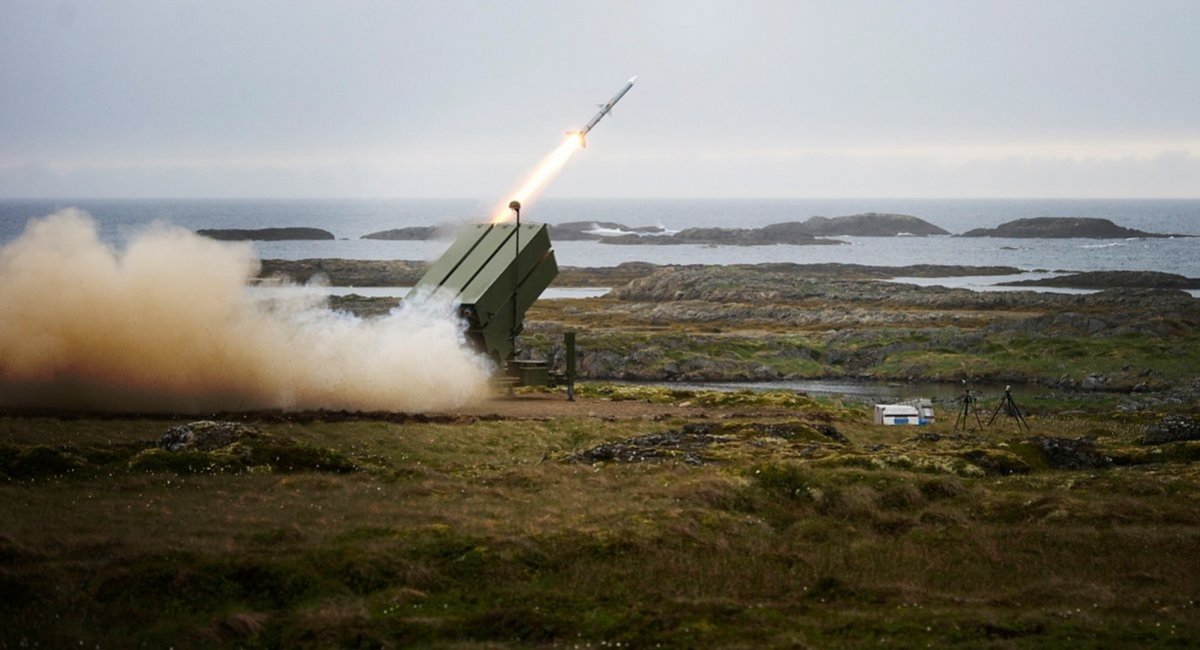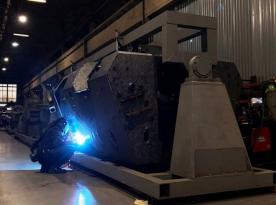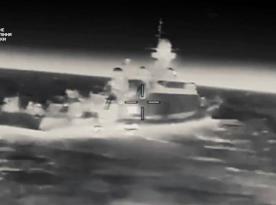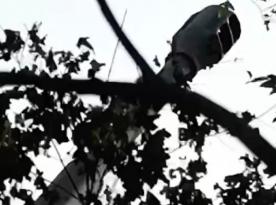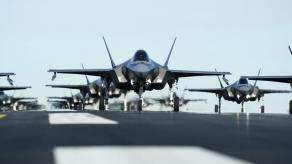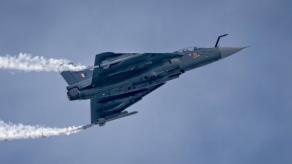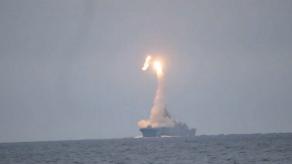Kongsberg Defence & Aerospace will establish a joint venture in Ukraine, CEO Eirik Lie announced Friday. The partnership aims to expand missile production for the NASAMS air defense system using Ukrainian technology.
"We are talking about mass production, meaning hundreds of missiles. We are looking at establishing the joint venture within months," Lie said in an interview with Euractiv. This effort extends beyond addressing immediate needs, as it provides a long-term solution to a critical issue for Ukraine, Kongsberg, and all NASAMS operators worldwide.
Read more: Can Europe Replace the U.S. in Supplying Weapons to Ukraine?
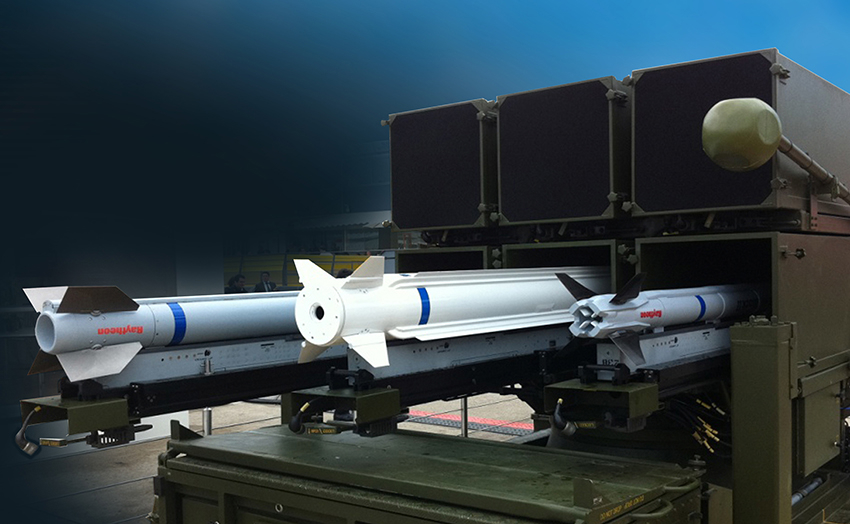
The main problem associated with most Western air defense systems is the high cost of their missiles. NASAMS, in particular, relies on three U.S.-made missile types: AIM-9, AIM-120, and AMRAAM-ER, all of U.S. production.
The AIM-9X costs $754,300 per unit, based on a Polish acquisition contract from November 2024. The AIM-120C-8 is priced at up to $2.5 million, while the AMRAAM-ER reaches $3.9 million per missile for export.
Beyond cost, production capacity is crucial. In 2023, Raytheon reported that AIM-120 production had reached 1,200 units per year at maximum output. No production figures for the AIM-9 were disclosed, and the AMRAAM-ER is not yet popular enough to be taken into account.
Expanding the range of missile options for NASAMS is a logical step, but Kongsberg’s decision to incorporate Ukrainian missiles specifically was a pragmatic one.
Norway has already begun to drift from relying exclusively on U.S. missiles. Its new NOMADS short-range air defense system, for example, can use both the AIM-9X and the German IRIS-T.
However, the problem persists: IRIS-T SLS costs €900,000 per missile, and Diehl is struggling to meet demand, building new production facilities to keep pace. The IRIS-T is also widely used in Eurofighter aircraft and multiple air defense systems, including IRIS-T SLS/SLM operated by several nations, Germany’s planned NNbS and the broader European Sky Shield Initiative.
Western missiles are both expensive and in short supply, whereas Ukraine continues to produce R-73 missiles, a short-range air-to-air weapon already adapted for use in various air defense systems. These missiles, for example, have even been integrated into Magura V5 naval drones to target russian helicopters.
Another candidate for NASAMS integration is the Ukrainian R-27, available with semi-active radar or infrared homing. However, the size and form of the front control surfaces might make it difficult to fit it into NASAMS launchers. India has already adapted the infrared R-27ET for surface launches, achieving a 20 km range with its SAMAR-2 system.
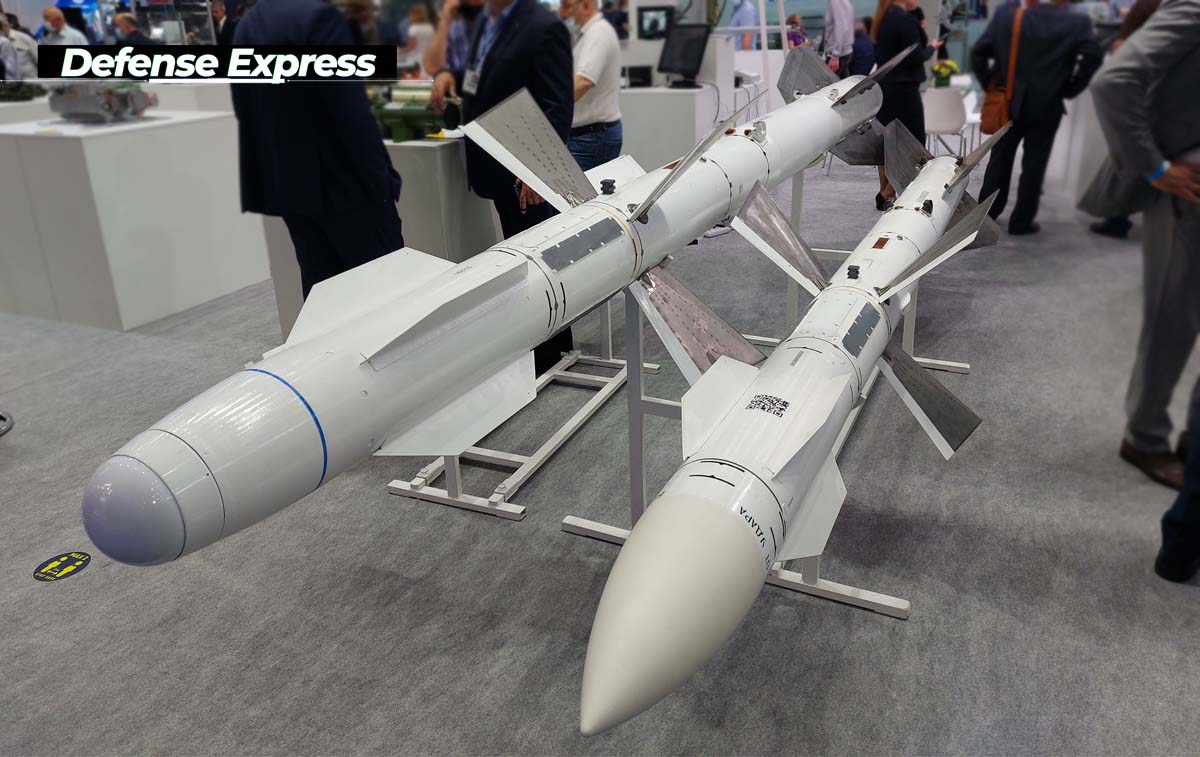
An alternative is the UP-277, publicly demonstrated in 2021 with an announced range of 80 km, that is, even slightly exceeding the earliest AIM-120 variants. While the range would significantly drop when launched from the ground, it would still align with NASAMS’ existing capabilities.

Kongsberg may also contribute its own missile developments to complement Ukrainian designs. One key advantage could be the supply of higher-quality solid propellants, which would directly enhance missile range and performance.
Crucially, this initiative is not just about supplying Ukraine. It also aims to provide missiles for all current and future NASAMS operators, reinforcing air defense capabilities globally.
Read more: War of Drones: Estonia Unveils Havoc 8x8 RCV Unmanned Combat Vehicle With Anti-UAV Missiles Developed for Ukraine



